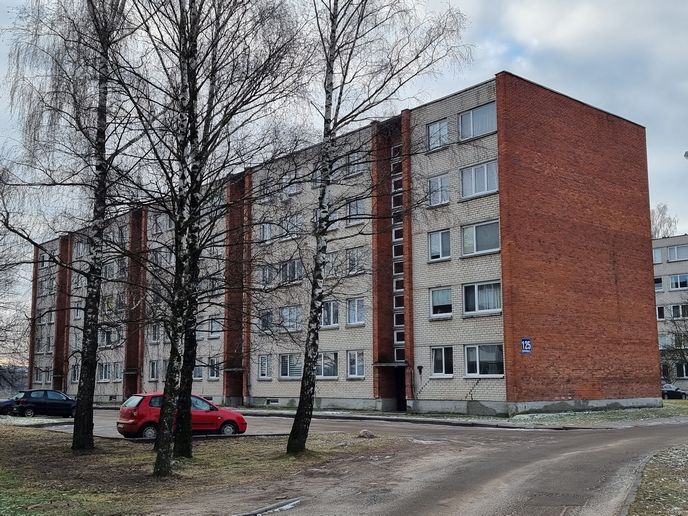Superconducting cables for electricity grids
High temperature superconducting (HTS) cables have gained attention in the last couple years as a solution to the shortage of transmission capabilities. Superconductors are materials that lose their resistance to the flow of electrons when cooled to temperatures close to absolute zero – hence, they conduct electricity almost ideally. In addition to their electrical capabilities, HTS cables are also particularly attractive for several other reasons. They are compact, thus requiring less underground space where lots of piping and other structures already exist. They are also more environmentally friendly, conserving energy and resources and delivering power while generating no external magnetic fields. Several prototypes have been produced worldwide based on multifilamentary wires. However, the technology is expected to be replaced in the near future by more cost-effective HTS-coated conductor (CC) tapes. European researchers initiated the ‘Super coated conductor cable’ (Super3c) project to develop, manufacture and test a 30 metre prototype system expected to be the first in the world based on low-loss HTS cable technology using CC tapes. Extensive modelling resulted in the design of HTS cable and terminations that were validated in prototype testing. Simultaneously, scientists developed an HTS copper hybrid CC tape manufactured using two well established processes, ion beam-assisted deposition (IBAD) and high rate pulsed laser deposition (HR-PLD). In order to achieve superconductivity, a cryogenic envelope consisting of a liquid nitrogen cooling system was incorporated. The consortium delivered a 30 metre HTS power cable, one of the world’s first, with terminations and a cooling system that was successfully tested and shown to meet power objectives. Innovation enabled a careful evaluation of integration of such cables into existing power grids as well as economic comparison with other available technologies. The Super3c project has positioned Europe as a world leader in superconducting CC technology. It promises to be the high-capacity environmentally friendly and economical solution to upgrading the world’s electricity grid.







